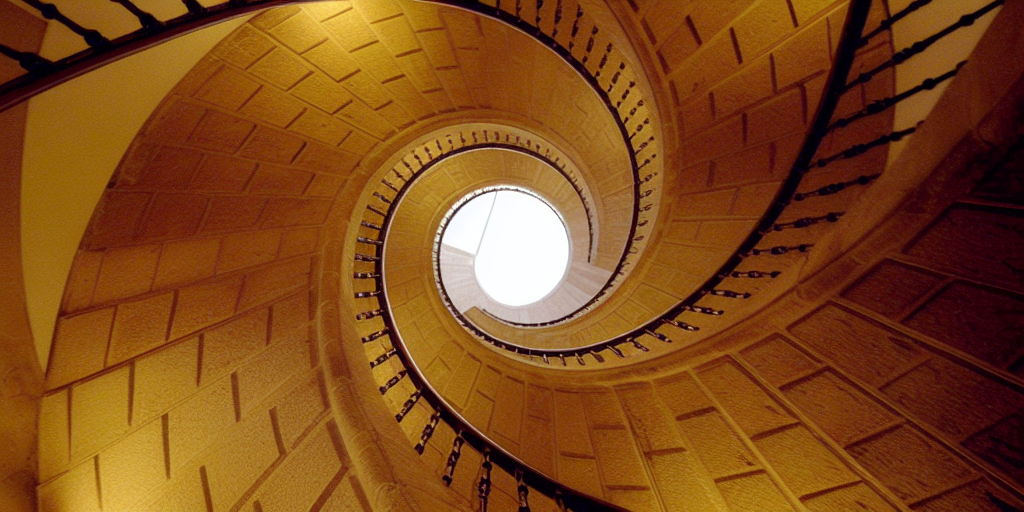Speaker
Description
Solid state quantum computing and quantum sensing technologies are based on the strong coupling between qubits and a quantized field of excitations. Besides photons, the solid state offers a wide variety of bosonic excitations that can be emitted or absorbed such as, e.g., magnons, the quantum version of spin waves.
Magnonic cavities offer the advantage of operating at reduced wavelengths compared to electromagnetic resonators of the same frequency. Here, we investigate the integration of magnonic cavities based on topological magnetic solitons as, e.g., magnetic vortices, which are extremely stable magnetic textures exhibiting a very rich dynamical behavior in the sub-GHz to tens of GHz range.
References
[1] S. Martinez-Losa del Rincon, I. Gimeno, J. Perez-Bailon, V. Rollano, F. Luis, D. Zueco, M. J. Martinez-Perez. Measuring the magnon-photon coupling in shaped ferromagnets: tuning of the resonance frequency. Phys. Rev. Applied, 19, 014002 (2023).
[2] M. J. Martínez-Pérez and D. Zueco. Quantum electrodynamics with magnetic textures. New J. Phys. 21, 115002 (2019).
[3] M. J. Martínez-Pérez* and D. Zueco. Strong coupling of a single photon to a magnetic vortex. ACS Photonics 6, 360-367 (2019).
